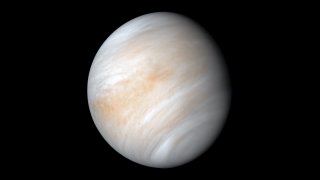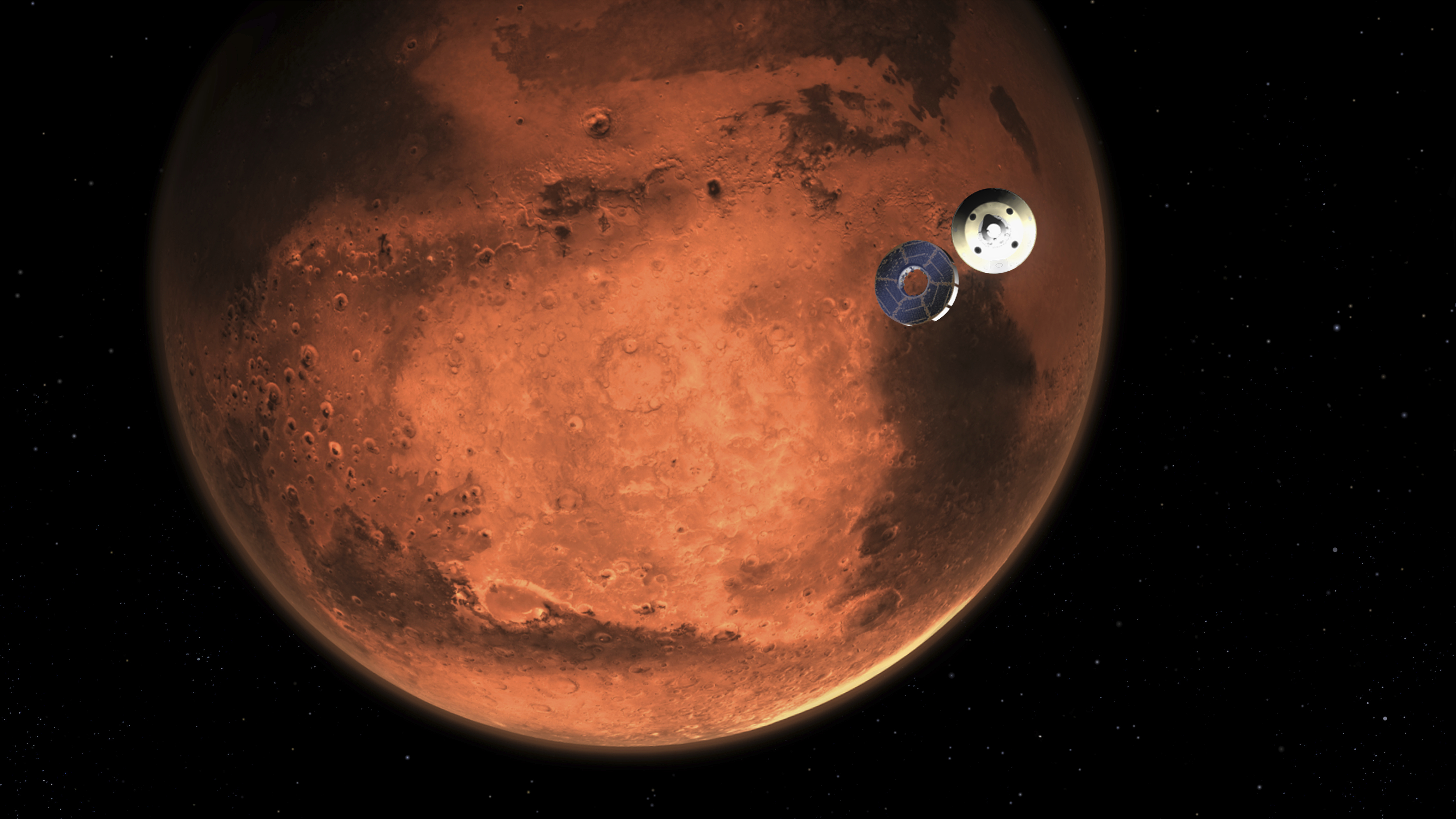
Researchers from NASA's Jet Propulsion Laboratory and Caltech said Monday they want to further test the use of high-altitude balloons -- like two used in California after a series of earthquakes about two years ago -- to determine if they could be utilized to study seismic activity on Venus.
Instruments attached to one of two "heliotrope" balloons detected a low-frequency acoustic vibration wash over it as a result of a 4.2 magnitude aftershock in July 2019, with scientists subsequently confirming that they had detected a naturally occurring earthquake from a balloon-borne instrument for the first time, according to researchers.
Researchers deployed the balloons with a goal of testing the technology for further applications on Venus.
"The acoustic coupling of quakes into the atmosphere is calculated to be 60 times stronger on Venus than on Earth, meaning it should be easier to detect 'venusquakes' from the cool layers of Venus' atmosphere between 50 to 60 kilometers (about 31 to 37 miles) in altitude," said JPL technologist Siddharth Krishnamoorthy, the principal investigator of the analysis effort.
Get Southern California news, weather forecasts and entertainment stories to your inbox. Sign up for NBC LA newsletters.
"We should be able to detect venusquakes, volcanic processes and outgassing events while characterizing the levels of activity."
Scientists could use balloons to drift over regions that look like they should be seismically active based on satellite observations and determine whether they actually are by listening for "acoustic clues to work out if it's indeed acting like a terrestrial volcano," according to Krishnamoorthy.
Scientists noted that surface temperatures on Venus are hot enough to melt lead and that atmospheric pressures are high enough to crush a submarine, while balloons equipped with science instruments could float above the planet's exceedingly inhospitable surface without having to land on Venus.
Researchers said they will continue to fly the balloons over seismically active regions in hopes of pinpointing where a quake occurs without needing confirmation from ground stations and to explore the possibilities of flying balloons over Venus, where two other NASA missions are set to go between 2028 and 2030.
The study's findings were published this week in Geophysical Research Letters.




